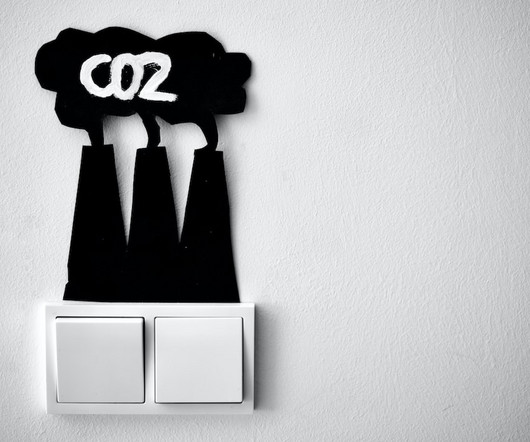Monitoring CO2 Levels: A Key Strategy for Environmental Health and Safety Improvement
The Environmental Blog
JUNE 27, 2023
Environmental health and safety (EHS) are of paramount importance in many industries and public spaces. One area where monitoring and control can have a major impact on EHS is carbon dioxide (CO2) levels. One popular option is portable CO2 monitors, which are ideal for spot checks or temporary measurement requirements.
















Let's personalize your content